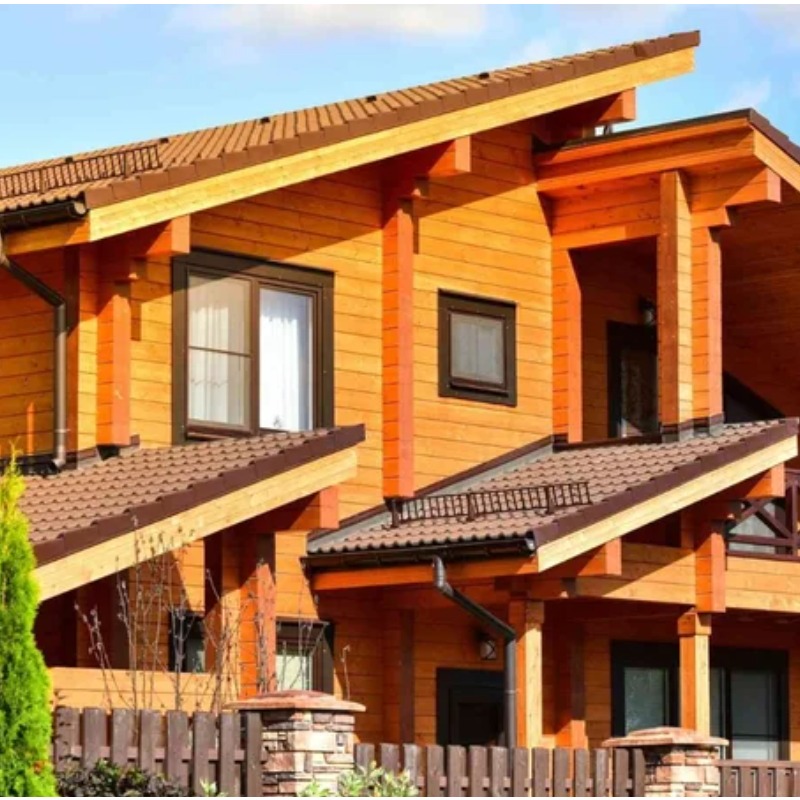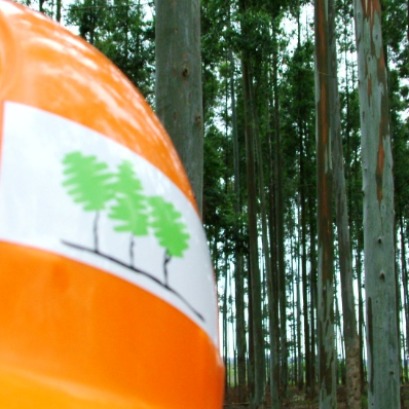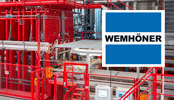
Why are houses in the United States?
In several regions of the United States, houses are still made of wood. I discovered what is the true reason why this is still so.
In the United States, it is common for most homes, especially in suburban and rural areas, are mainly built with wood. This type of construction can be curious for people from other countries where materials such as brick or concrete are used. However, this choice is not accidental and responds to several historical, economic and practical factors. Next, we explore the reasons behind this preference. A of the main reasons why houses in the United States are wood is the abundance of forests in the country. From the first settlements, European settlers found vast areas covered with trees, which provided them with an easy -to -obtain and processing natural resource in the nineteenth century, during the expansion to the west, the construction of wooden homes became the most practical and economic option. The wood was available locally and did not require advanced technologies for processing, unlike other materials such as brick or stone. Economy and speed in construction: the desire to reduce costs construct with wood is generally more economical than using materials such as concrete or brick. Wood is lighter, which facilitates transport and reduces associated costs. In addition, it allows a faster construction, something fundamental in a country where population growth and house demand have always been high. In the United States, techniques such as frame and Platform Frame are widely used, which allow you to quickly assemble wood structures. This significantly reduces construction time, resulting in lower job costs. Flexibility and resistance to natural disasters In areas prone to earthquakes, such as California, wood structures are more flexible and capable of absorbing vibrations, which reduces the risk of collapse. which helps maintain the interior temperature of the most stable house. This contributes to energy efficiency and savings in heating and cooling costs. In addition, with sustainable forest management, wood can be a renewable resource, reducing the environmental impact. Will this model shock in the future? Despite the advantages, some experts point out that climate change and shortage of certain types of wood could lead to greater use of alternative materials in the future. However, for now, wood remains the preferred material for housing construction in the United States, thanks to its accessibility, economy and adaptability.
IT MAY INTEREST YOU
 They present the Elárbol project in the Ecology Cycle
They present the Elárbol project in the Ecology Cycle
The transmedia initiative reflects the importance of Argentine native flora and focuses on the carob tree as an emblem tree. Today, at 6:�� p.m., at the Argentine Library This Thursday, October 3�, at 6 p.m., the Elárbol project is presented in the Ecology Cycle coordinated by Sergio Rinaldi at the Argentine Library.
 Missions | The traditional National Wood Festival in November celebrates four decades of a popular gathering in San Vicente
Missions | The traditional National Wood Festival in November celebrates four decades of a popular gathering in San Vicente
The official announcement of the 4�th San Vicente National Wood Festival was made this Tuesday by the governor of Misiones, Hugo Passalacqua. The cultural and festive event will take place from November 5 to 9 at the Verón Gallardo Sports Center in San Vicente, Misiones, to celebrate four decades of history. The San Vicente National Wood Festival is a popular meeting point for the agroforestry and commercial community in the Alto Uruguay area, and is an opportunity for the forestry-industrial chain to expose its development and services. The festival includes cultural, artistic and economic promotion activities.
 Between Rivers | Everything ready for the traditional INTA Concordia and AIANER Forestry Days
Between Rivers | Everything ready for the traditional INTA Concordia and AIANER Forestry Days
The traditional Entre Ríos Forest Days, which this year celebrate their 39th edition, will take place on November 7 from 8 a.m. to 6 p.m. at the INTA Concordia facilities, located at Yuquerí Station and Railway tracks.





















